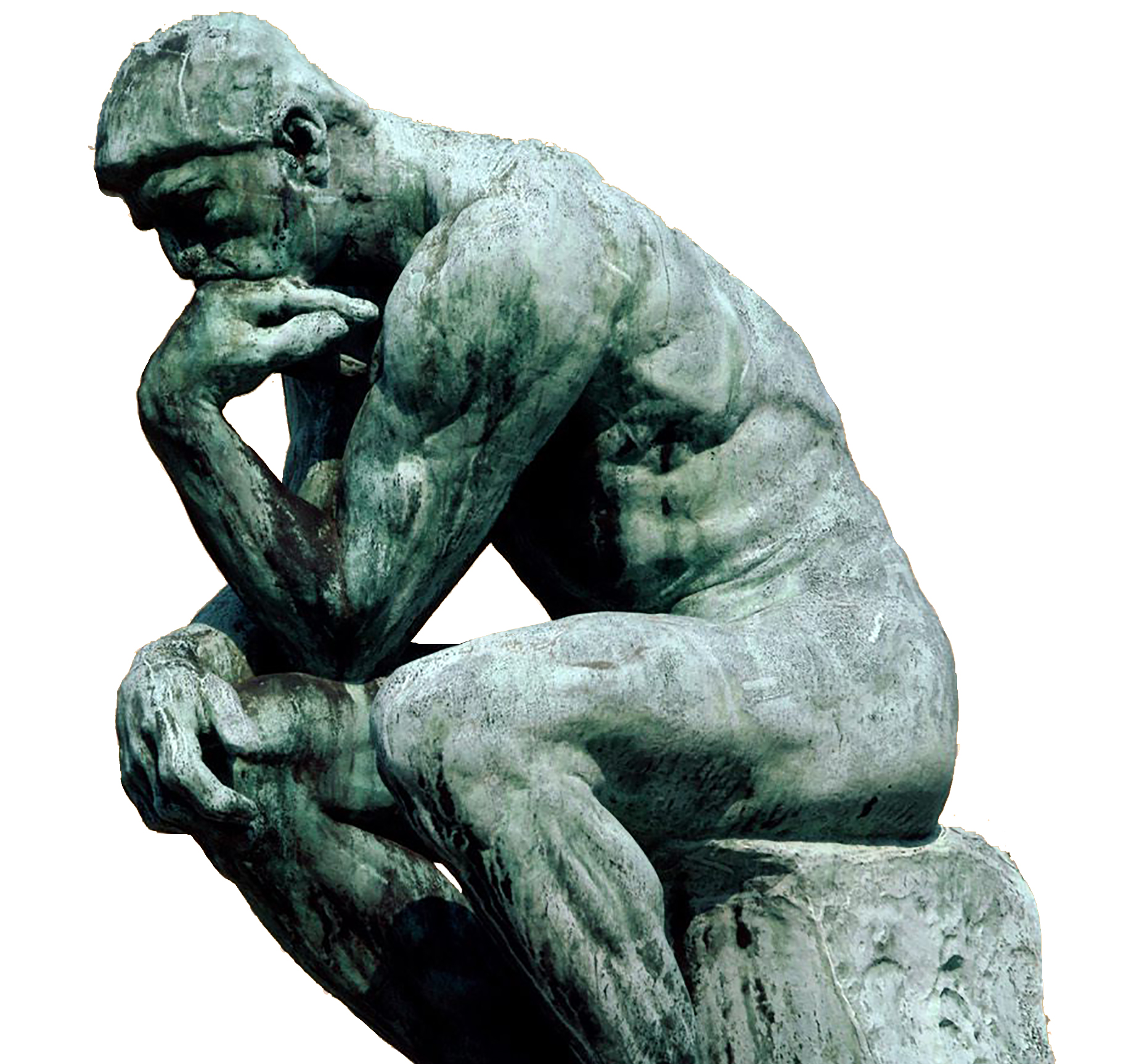First Level: Paraphrasing a Text, The Nineteenth-Century American
In this set of activities you will be both paraphrasing and explicating
the thesis of several classic texts. You will paraphrase each excerpt
section by section, followed by explicating the texts by stating your
understanding of each one in your own words, then elaborating,
exemplifying and illustrating them. In other words, for each of the
texts in this section, you will begin by articulating them in your own
words, sentence by sentence, or in parts, as we have presented
them. Then you will explicate each one at level two.
After writing out your paraphrases in your own words, and explicating them, click on the thinker icon to see our specimen answers. You will first read the text as a whole at the beginning of each section, along with its background information, and then you will find the same text divided into parts for your practice.
After writing out your paraphrases in your own words, and explicating them, click on the thinker icon to see our specimen answers. You will first read the text as a whole at the beginning of each section, along with its background information, and then you will find the same text divided into parts for your practice.
The Nineteenth-Century American
Background Information:
This excerpt is from the book, The American Mind, by the distinguished historian Henry Steele Commager.
In one realm the American was a conformist, and that was the realm of morals. Although he did not always observe them, he accepted without question the moral standards of the Puritans, and if a later generation was to find him repressed and inhibited, there is little evidence that he was conscious of his sufferings... Conformity and conventionalism in matters of morals sometimes assumed aggressive form, and the willingness to resign control of the whole field of culture to women combined with the tradition of Puritanism to encourage intolerance and justify censorship. Language was emasculated, literature expurgated, art censored. Piano legs were draped with pantalets, words like belly and breast dropped from polite conversation, the discussion of sex confined to men and obstetrics to women, while Shakespeare and Fielding joined French writers generally in disrepute. Early in the century a furor was raised when Hiram Powers exhibited his undraped “Greek Slave,” and at the end of the century Thomas Eakins, perhaps the greatest of American painters, was driven from the Pennsylvania Academy when he used male models in mixed classes. Dancing, plays, and mixed bathing came under the ban. Censorship of art and literature slid easily into censorship of morals, especially those having to do with love and drinking; modesty degenerated into Comstockery and the temperance movement into prohibition.
Background Information:
This excerpt is from the book, The American Mind, by the distinguished historian Henry Steele Commager.
In one realm the American was a conformist, and that was the realm of morals. Although he did not always observe them, he accepted without question the moral standards of the Puritans, and if a later generation was to find him repressed and inhibited, there is little evidence that he was conscious of his sufferings... Conformity and conventionalism in matters of morals sometimes assumed aggressive form, and the willingness to resign control of the whole field of culture to women combined with the tradition of Puritanism to encourage intolerance and justify censorship. Language was emasculated, literature expurgated, art censored. Piano legs were draped with pantalets, words like belly and breast dropped from polite conversation, the discussion of sex confined to men and obstetrics to women, while Shakespeare and Fielding joined French writers generally in disrepute. Early in the century a furor was raised when Hiram Powers exhibited his undraped “Greek Slave,” and at the end of the century Thomas Eakins, perhaps the greatest of American painters, was driven from the Pennsylvania Academy when he used male models in mixed classes. Dancing, plays, and mixed bathing came under the ban. Censorship of art and literature slid easily into censorship of morals, especially those having to do with love and drinking; modesty degenerated into Comstockery and the temperance movement into prohibition.
Now that you have read the full text above, you will find the same
text in sections below. Write out your paraphrase of each section in
the box provided. Then see our specimen answers by clicking on the thinker icon.
In one realm the American was a conformist, and that was the realm of morals.

Although he did not always observe them, he accepted without question the moral standards of the Puritans...

...and if a later generation was to find him repressed and inhibited, there is little evidence that he was conscious of his sufferings.

Conformity and conventionalism in matters of morals sometimes assumed aggressive form, and the willingness to resign control of the whole field of culture to women combined with the tradition of Puritanism to encourage intolerance and justify censorship. Language was emasculated, literature expurgated, art censored.

Piano legs were draped with pantalets, words like belly and breast dropped from polite conversation, the discussion of sex confined to men and obstetrics to women, while Shakespeare and Fielding joined French writers generally in disrepute. Early in the century a furor was raised when Hiram Powers exhibited his undraped “Greek Slave,” and at the end of the century Thomas Eakins, perhaps the greatest of American painters, was driven from the Pennsylvania Academy when he used male models in mixed classes.

Dancing, plays, and mixed bathing came under the ban. Censorship of art and literature slid easily into censorship of morals, especially those having to do with love and drinking; modesty degenerated into Comstockery and the temperance movement into prohibition.
